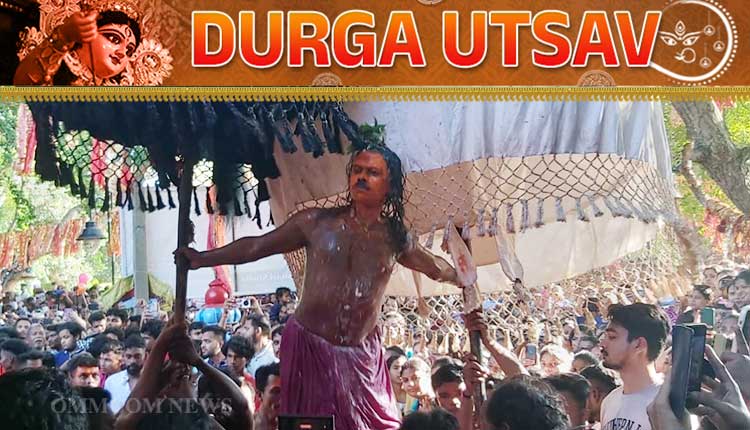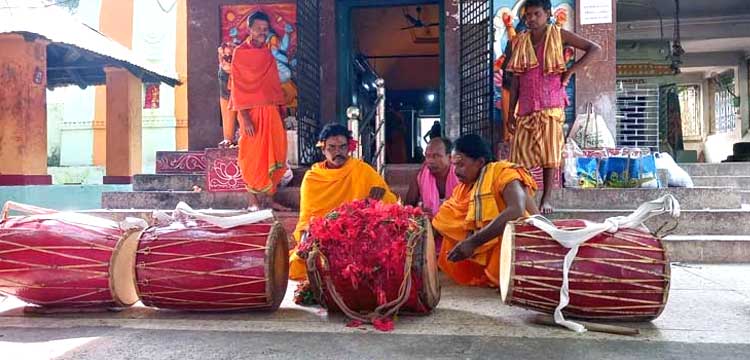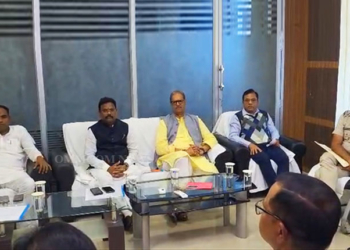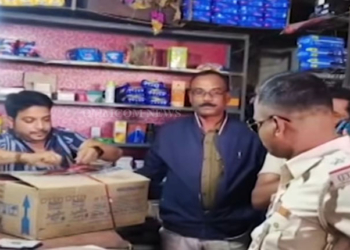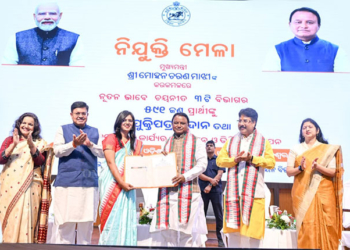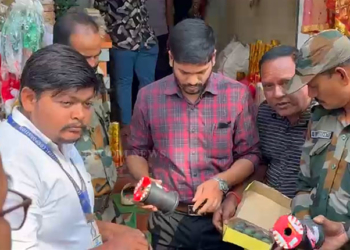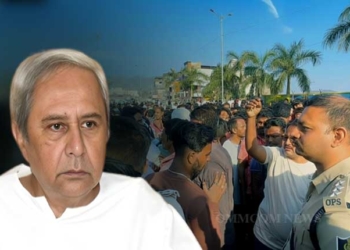Bhubaneswar: In the historic Sonepur princely state, now known as Subarnapur district, the Balijatra festival has been a revered tradition for years. At the heart of this celebration lies the mystical sound of folk instruments, particularly the Chepata Dhol, a partially damaged dholak that has been an integral part of the festivities for generations.
The Balijatra, performed in a Tantric manner, is a spectacle of sound and spirituality. The Pata Dholia, or chief drum beater, beats the Chepata Dholak in 16 different rhythms, known as Sohala Barni Badya, which helps manifest the divine power in the body of the Barua or Kalisi. The atmosphere is filled with the majestic and spiritual sound of this instrument, believed to hold the essence of Goddess Khambeswari.
According to legend, the Chepata Dhol was brought as a gift by the Princess of Khemundi during the reign of Chauhan dynasty. According to legend, when the dholak became old and broke, it was immersed in the Mahanadi river at Dasamati Ghat. Miraculously, despite the strong currents and floodwaters, the dholak did not get swept away. Instead, it landed back at the same ghat by morning. That night, the king had a prophetic dream, prompting him to retrieve the dholak and repair it with astha Dhatu (eight metals).
After worshipping the restored instrument, the king offered it to the Pata Dholia, entrusting them with its care. Since then, the revered Chepata Dhol, with its partial damage, has been worshipped and preserved in the Pata Dholia’s house, playing a vital role in the Balijatra celebrations. Since then, the Chepata Dholak has been worshipped and played during the Balijatra, which takes place during the Dussehra festival.
The Pata Dholia, Anand Barik, shares the history and significance of the Chepata Dhol, highlighting its importance in the Sonepur Mahabali Jatra. The tradition of offering darshan of the devi Khambeswari in the appearance of Kalisi or Barua to the devotees remains unbroken to this day.
The Chepata Dholak’s unique sound and history have made it an integral part of the Balijatra celebrations. As the festival culminates on the Aswina full moon day, the beat of the Chepata Dholak continues to echo through the streets, invoking the divine presence and captivating the hearts of devotees. The legacy of this ancient instrument and the mysticism surrounding it continue to thrive, thanks to the dedication of the Pata Dholia and the community.




